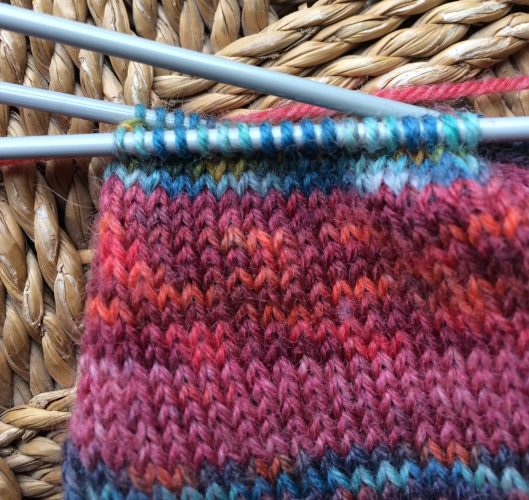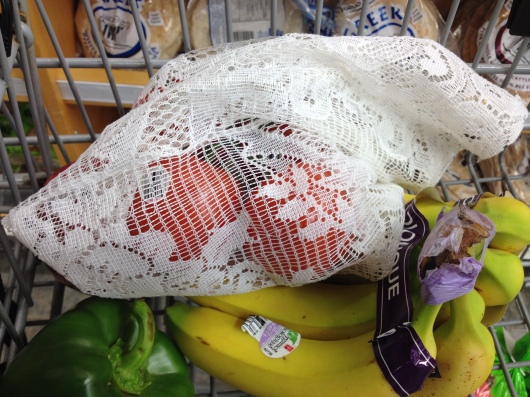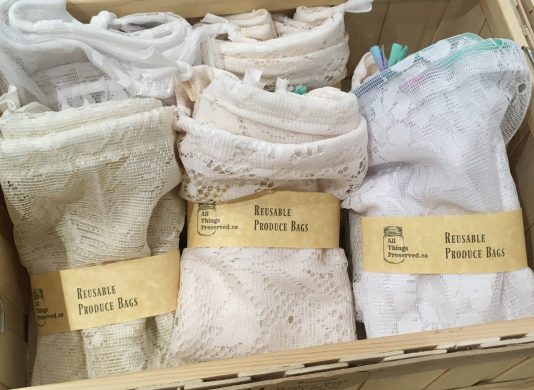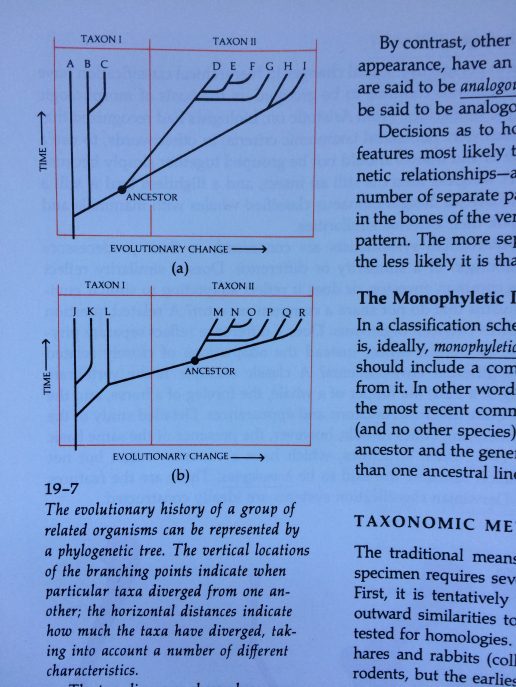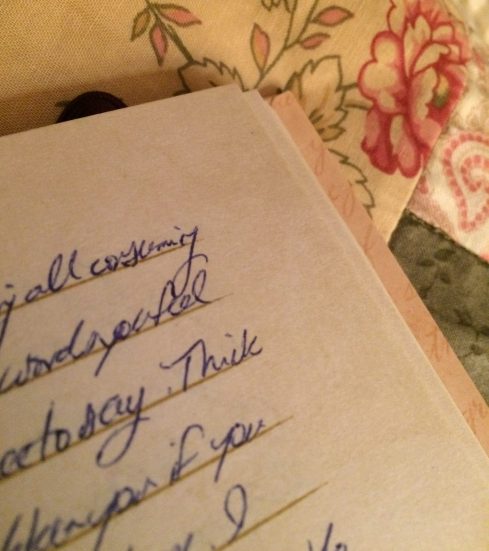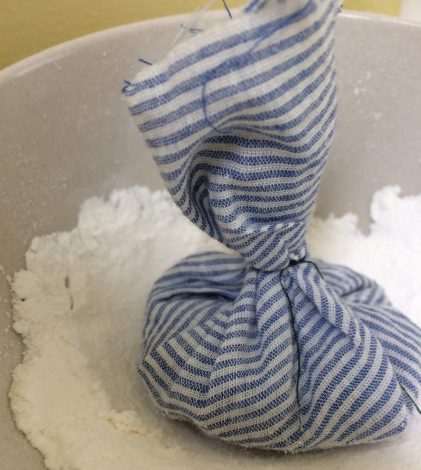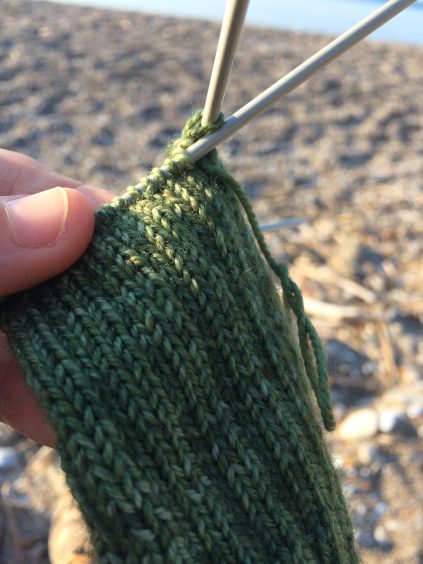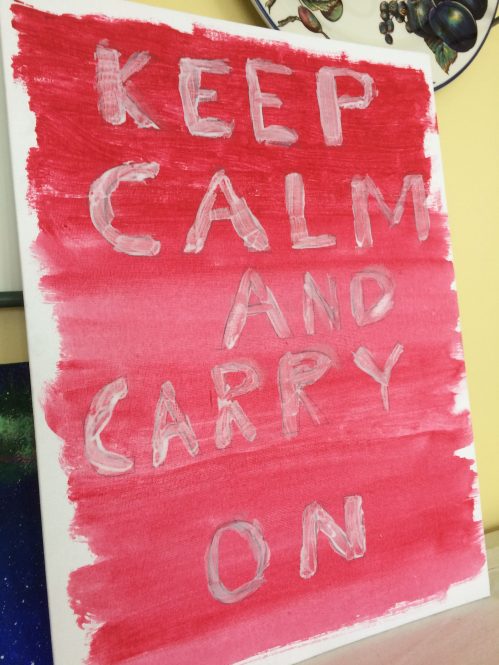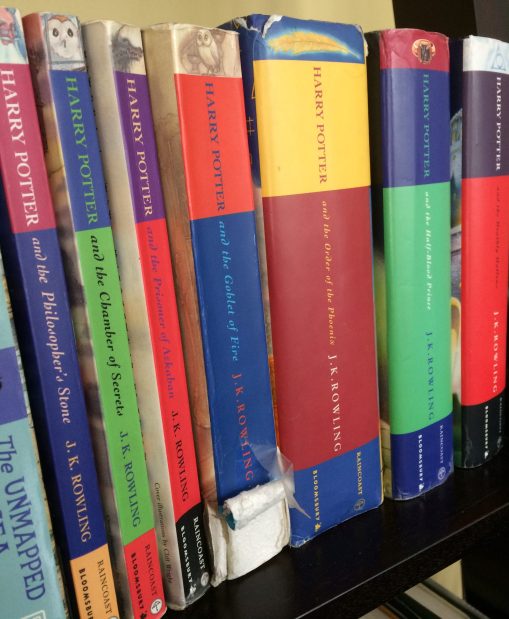
“No good sittin’ worryin’ abou’ it,” [Hagrid] said. “What’s comin’ will come, an’ we’ll meet it when it does.” — J.K. Rowling, Harry Potter and the Goblet of Fire
The other night, my husband uploaded his father’s ghostwritten memoir to a self-publishing website and hit order.
This was the culmination of weeks and weeks of work. Some of the work was done by my husband, who learned how to use Adobe InDesign so he could format the memoir into a book, but most of the work was done by me. I’ve spent the last several months editing, fact-checking, and re-writing, trying to hone my father-in-law’s story so that his grandchildren might actually read it (as opposed to saying, Oh, cool, Grandpa’s written his memoir! and then simply shelving it). But although my work on my father-in-law’s story was mostly enjoyable, it also caused a roller coaster of emotions and a merry-go-round of philosophizing.
My father-in-law, now 82, was born on a farm in Poland in 1937 to Austrian parents. In 1945, at the tail end of World War II, the family was warned that the Russian army was heading their way, so they abandoned their farm and hit the road to find safety. Coincidentally, my own father was also born in 1937. He, too, was of Germanic heritage and living on a farm in a place that was going to be overrun by an army at the tail end of the war. But while my father-in-law’s family heeded the warnings to leave, my father’s family did not. The result was that one seven-year-old boy escaped and had—in his own words—an adventure, while another seven-year-old boy was trucked to an internment camp.
Although some of the thoughts that ran through my mind as I worked on my father-in-law’s memoir revolved around questions of chance, strength, perseverance, and consequences, most of my thoughts seemed to centre around storytelling: why we tell stories, who gets to tell stories, which stories help us, and which stories hurt us.
A few months ago, I would have tried to hammer all of these thoughts into something that had structure and purpose—some sort of hall of mirrors where reflections and perceptions were stretched—but let’s face it, these are strange days in which we’re living. They’re days of making do and getting by, days in which you’re scared to go to the grocery store for fear of what you might pick up, but you’re also scared not to go to the grocery store for fear of what you might not be able to pick up.
Because it seems wrong to engage in any type of hoarding—even if the only thing you’re hoarding is an insane number of drafts that could be turned into completely inconsequential posts, ones that may or may not help your fellow merry-go-rounders momentarily pause the ride—I’ve got a small list of things to share:
- This two-part documentary from the CBC radio show Ideas on why humans are storytellers: Vestigial Tale Part 1 and Vestigial Tale Part 2. (I’m hoping CBC Radio is available regardless of location.)
- This long article from Vox on hopepunk, a term that was coined a few years ago to describe storytelling that’s used to weaponize optimism.
- The podcast Harry Potter and the Sacred Text. Harry Potter is my literary comfort food, and this podcast, which takes listeners chapter by chapter through each book, can be summed up as English class meets humanism meets therapy.
- The podcast Ologies. My daughter routinely sends me episodes she thinks I’ll enjoy, such as fearology, volitional psychology (aka procrastination), and personality psychology. (The other day I listened to virology, which was very fitting, hugely instructive, and somewhat comforting.)
- The limited series Maniac on Netflix, which is completely bizarre and occasionally violent and tragic, but also (IMO) incredibly mind-bending.
If you’d like to return the favour, I’d love to hear about the things that are helping you to momentarily escape…

